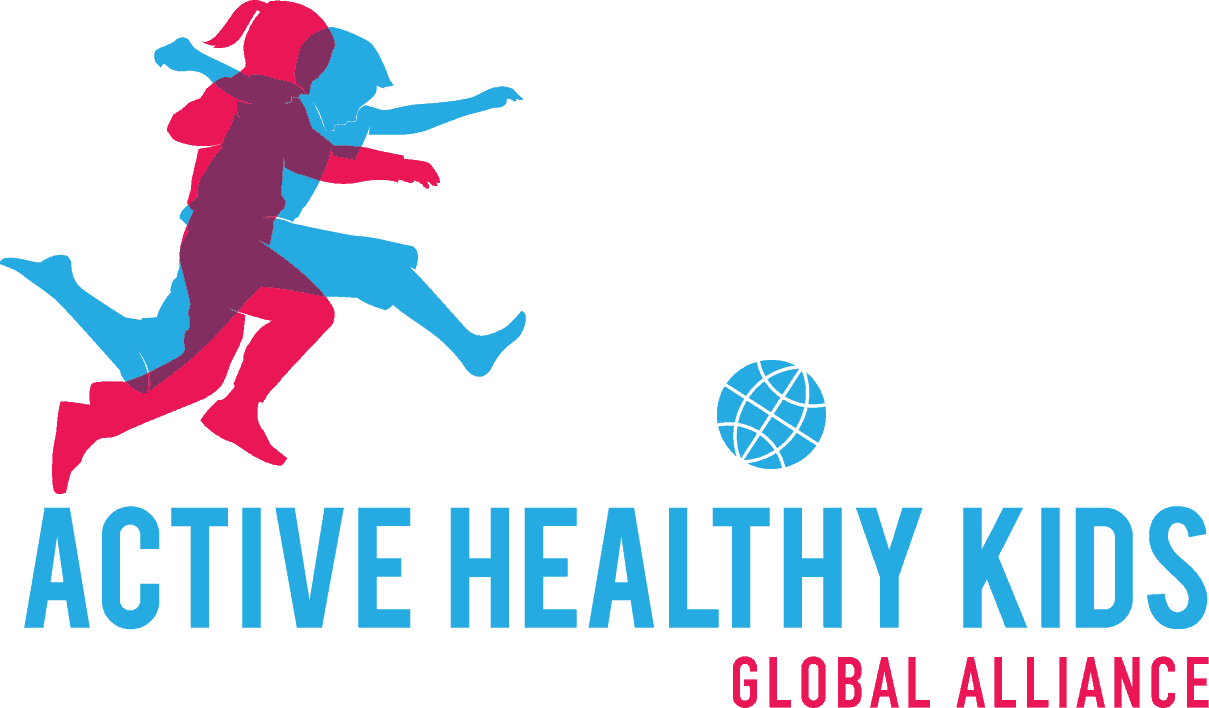
22 Feb The Relationship Between Maximal Oxygen Uptake and Body Fat Percentage in Brazilian Youth
In a recently published study, Smouter and colleagues examined the associations between maximal oxygen uptake and body fat percentage among 979 adolescents (57% females) aged between 10 and 19 years from the city of Curitiba, Paraná, Brazil. The authors also established the best VO2max cut-off point for predicting healthy body fat percentage. VO2max (mL/kg-1/min-1) was determined using the 20-meter shuttle run protocol (Léger & Lambert, 1982) and divided into quintiles for analyses (1st quintile: ≤ 40.6 for boys, ≤ 35.8 for girls; 2nd quintile: 40.7-44.9 for boys, 35.9-38.2 for girls; 3rd quintile: 45.0-48.9 for boys, 38.3-40.6 for girls; 4th quintile: 49.0-52.9 for boys, 40.7-43.8 for girls; 5th quintile ≥ 53.0 for boys, ≥ 43.9 for girls). Body fat percentage was determined using Cutaneous fold equations that account for directly measured tricipital skin fold, subscapular skin fold and biological maturity. Body fat percentage of > 25 in girls and > 20 in boys was considered as obesity (Lohman, 1986; Pelegrini, Silva, Silva, Grigollo, & Petroski, 2015). The analyses excluded adolescents with physical disability and those who take fat loss accelerator drugs.
From the 900 valid cases (M age = 13.9 ± 2,0 years for boys, M age = 13.7 ± 2.1 years for girls), a higher proportion of obesity in the 1st quintile of VO2max while a lower proportion of obesity in the 5th quintile were observed in both genders. Compared to the 5th quintile of VO2max, those who are in 2nd and 1st quintiles of VO2max were 2.99 (95% confidence interval [CI], 1.48-6.00) and 5.60 (95% CI, 2.64, 11.87) times more likely to be in the obesity category in boys. In girls, compared to the 5th quintile of VO2max, those who are in 4th, 3rd, 2nd, and 1st quintiles of VO2max were 1.84 (95% confidence interval [CI], 1.05-3.24), 2.71 (95% CI, 1.52, 4.82), 3.35 (95% CI, 1.82, 6.15), and 4.74 (95% CI, 2.44, 9.19) times more likely to be in the obesity category. VO2max cut-off points for prediction of obesity were ≤ 44.8 mL/kg-1/min-1 (area under the curve [AUC], 0.66; p < .001; sensitivity, 54.9; specificity, 73.6) for boys and ≤ 40.9 mL/kg-1/min-1 (AUC, 0.65; p < 0.001; sensitivity, 72.1; specificity, 54.7) for girls, respectively (Fig. 1).
The results of this study support the accumulating evidence that cardiorespiratory fitness is inversely associated with body fat percentage (Lang et al., 2018). It is also noteworthy to mention that the cardiorespiratory fitness and body fat percentage association was different between boys and girls, suggesting that such analysis should be stratified by, or at minimum adjusted for, gender. The VO2max cut-off points for predicting obesity in Brazilian boys and girls 44.8 and 40.9 mL/kg-1/min-1, respectively.
References
Lang, J. J., Belanger, K., Poitras, V., Janssen, I., Tomkinson, G. R., & Tremblay, M. S. (2018). Systematic review of the relationship between 20 m shuttle run performance and health indicators among children and youth. Journal of Science and Medicine in Sport, 21(4), 383–397. https://doi.org/10.1016/j.jsams.2017.08.002
Léger, L. A., & Lambert, J. (1982). A maximal multistage 20-m shuttle run test to predict VO2 max. Eur J Appl Physiol Occup Physiol, 49, 1–12.
Lohman, T. G. (1986). Applicability of body composition techniques and constants for children and youths. Exercise and Sport Sciences Reviews, 14, 325–358. https://doi.org/10.1249/00003677-198600140-00014
Pelegrini, A., Silva, D. A. S., Silva, J. M. F. D. L., Grigollo, L., & Petroski, E. L. (2015). Indicadores antropométricos de obesidade na predição de gordura corporal elevada em adolescentes. Revista Paulista de Pediatria, 33(1), 56–62. https://doi.org/10.1016/j.rpped.2014.06.007


